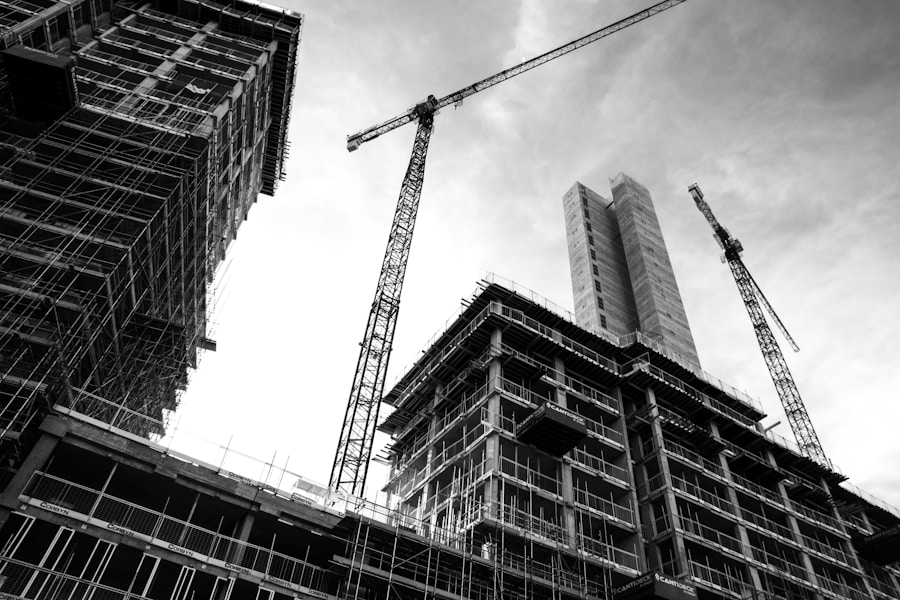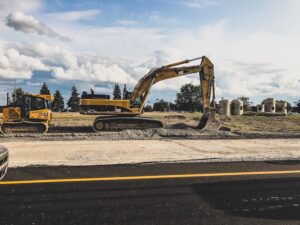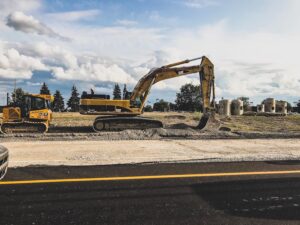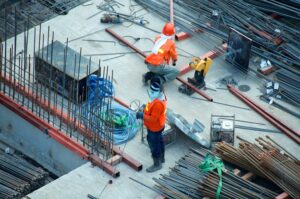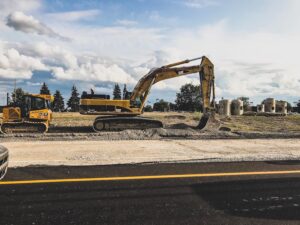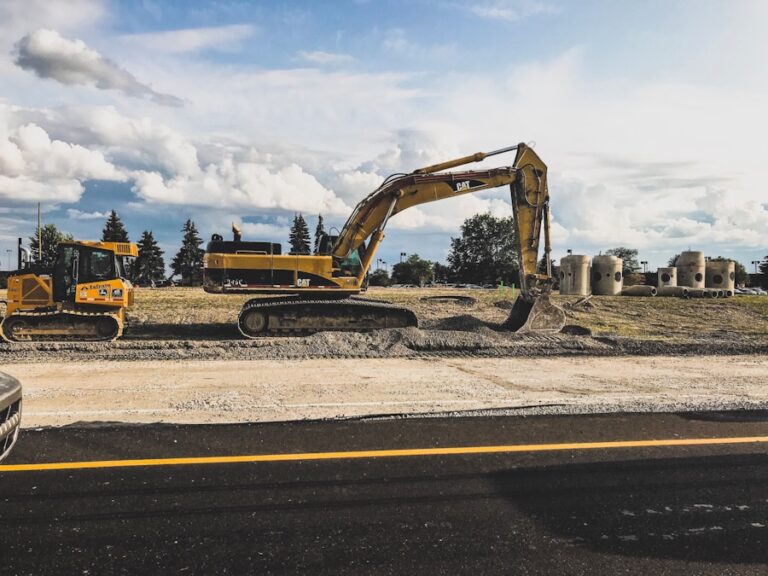When it comes to building a new home, one of the most important factors to consider is the location and land on which the home will be built. The location of the home will not only impact the overall cost of the project, but it will also affect the design and layout of the home, as well as the permits and regulations that need to be followed. When choosing a location for a new home, it is important to consider factors such as proximity to schools, shopping, and other amenities, as well as the overall safety and desirability of the neighborhood. Additionally, the type of land on which the home will be built, such as flat or sloped terrain, will also impact the design and construction process.
In terms of land considerations, it is important to take into account any potential environmental impacts, such as wetlands or protected habitats, as well as any potential zoning restrictions or easements that may affect the buildable area of the property. It is also important to consider the overall size and shape of the lot, as well as any potential challenges such as rocky or unstable soil. By carefully considering these factors, homeowners can ensure that they choose a location and land that will best suit their needs and budget for their new home.
Design and Layout
Once a location and land have been chosen for a new home, the next step is to consider the design and layout of the home. The design of a home will not only impact its overall aesthetic appeal, but it will also affect its functionality and livability. When designing a new home, it is important to consider factors such as the number of bedrooms and bathrooms, as well as the overall flow and layout of the home. Additionally, homeowners should consider factors such as natural light, views, and outdoor living spaces when designing their new home.
In terms of layout, homeowners should consider factors such as open floor plans, kitchen and bathroom layouts, and storage options. It is also important to consider factors such as energy efficiency and sustainability when designing a new home, as these factors can impact the overall cost of living in the home. By carefully considering these factors, homeowners can ensure that they create a design and layout that best suits their needs and lifestyle for their new home.
Permits and Regulations
Before construction can begin on a new home, it is important to obtain the necessary permits and approvals from local government agencies. The process of obtaining permits and approvals can be complex and time-consuming, so it is important for homeowners to carefully research and understand the regulations and requirements in their area. This may include obtaining permits for building, electrical, plumbing, and mechanical work, as well as complying with zoning and land use regulations.
In addition to obtaining permits, homeowners may also need to comply with other regulations such as environmental impact assessments, historic preservation requirements, and homeowner association rules. By carefully navigating these regulations and requirements, homeowners can ensure that their new home is built in compliance with all applicable laws and regulations.
Materials and Construction
Once all necessary permits and approvals have been obtained, the next step in building a new home is to consider the materials and construction methods that will be used. The choice of materials and construction methods will not only impact the overall cost of the project, but it will also affect the durability and energy efficiency of the home. When choosing materials for a new home, it is important to consider factors such as cost, durability, maintenance requirements, and environmental impact.
In terms of construction methods, homeowners should consider factors such as traditional stick-built construction versus modular or panelized construction. Additionally, homeowners should consider factors such as energy-efficient building techniques, such as passive solar design or insulated concrete forms. By carefully considering these factors, homeowners can ensure that their new home is built using materials and construction methods that best suit their needs and budget.
Utilities and Infrastructure
In addition to materials and construction methods, homeowners must also consider utilities and infrastructure when building a new home. This includes factors such as water supply, sewage disposal, electricity, gas, and internet access. When choosing a location for a new home, it is important to consider factors such as access to utilities and infrastructure, as well as any potential costs or challenges associated with connecting to these services.
In terms of infrastructure, homeowners should also consider factors such as road access, driveway construction, and landscaping. Additionally, homeowners should consider factors such as stormwater management and erosion control when building a new home. By carefully considering these factors, homeowners can ensure that their new home is connected to all necessary utilities and infrastructure in a way that best suits their needs and budget.
Interior and Exterior Features
Once the basic structure of a new home has been built, homeowners can then turn their attention to interior and exterior features. This includes factors such as flooring, cabinetry, countertops, appliances, fixtures, paint colors, siding materials, roofing materials, windows, doors, landscaping, and outdoor living spaces. When choosing interior features for a new home, it is important to consider factors such as style, functionality, durability, maintenance requirements, and cost.
In terms of exterior features, homeowners should also consider factors such as curb appeal, weather resistance, energy efficiency, and maintenance requirements. Additionally, homeowners should consider factors such as outdoor living spaces such as patios or decks when designing their new home. By carefully considering these factors, homeowners can ensure that their new home has both interior and exterior features that best suit their needs and lifestyle.
Budget and Timeline
Finally, when building a new home it is important to carefully consider both the budget and timeline for the project. Building a new home can be a complex and time-consuming process that requires careful planning and coordination. It is important for homeowners to carefully research and understand all potential costs associated with building a new home, including land acquisition costs, design fees, construction costs, permit fees, utility connection fees, landscaping costs, and interior finishing costs.
In addition to budget considerations, homeowners must also carefully consider the timeline for their new home project. This includes factors such as design time, permitting time, construction time, inspection time, and finishing time. By carefully considering both the budget and timeline for their new home project, homeowners can ensure that they are able to complete their project on time and within budget.
In conclusion, building a new home is a complex process that requires careful consideration of many different factors. From location and land considerations to design and layout to permits and regulations to materials and construction to utilities and infrastructure to interior and exterior features to budget and timeline – there are many different aspects to consider when building a new home. By carefully researching and understanding each of these aspects, homeowners can ensure that they are able to build a new home that best suits their needs and lifestyle.

